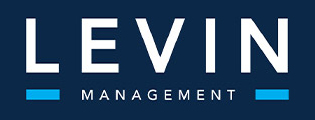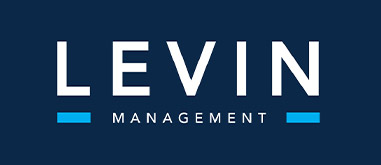Can You Corner Grab While Theme Parkifying and Side Selling?
There are some new buzzwords in the retail real estate world that you’ll want to add to your business vocabulary. As might be expected, they’ve got an edgy quality that gives a new gloss to trends you might have seen stirring for a while in one form or another. In a recent interview, Dave Weinberger, vice president and director of engagement for the brand agency CBX (www.chainstoreage.com/article/four-2015-retail-trends-you-havent-already-heard-about) introduced four of these: Corner Grabbing, Re-Booting, Side Selling and Theme Parkifying. All are driven by brick and mortar retailers’ ongoing need to lure shoppers away from their computers, while squeezing out more sales per square foot of space. What interests us about them is that, unlike many of the current trends in the spotlight, they are about retail space, rather than technology.
As Banking Automates, Corner Spots are up for Grabs
As consumers flock to online transactions and ATMs, banks need far less space than in the past. As they reduce their square footage, often moving out of large prime locations, other businesses are moving in. Drug stores, which now offer an inventory beyond prescriptions and health-related products, including grocery and household items, are hungry for both increased space and prime location. Whether that space is in a shopping center, strip mall or urban block, look for a CVS, Walgreens or another top brand to be ready to grab a vacant corner in this retail real estate trend. Their aim is to make a trip to the drug/convenience store as easy and shopper-friendly as possible and to compete with both online and the grocery store.
Rebranding, Rebooting and Relocating
With adaptation as the key to brand survival, re-booting is the name of the game. A reboot can mean an entirely new brand vision for a new market (think Eileen Fisher and Timberland) or a change in physical location for better access to the primary customer base. Weinberger cites Juicy Couture’s decision to shut down all its current locations with new ones slated for the brand’s re-launch this year. Independent bookstores, long imperiled by Amazon, are finding new life through relocation. Rizzoli, one of mid-town Manhattan’s last book stores, closed its doors in 2014 to an outcry from readers and preservationists. It is rebooting though, joining other independent booksellers in a more affordable, reader-friendly location downtown. Others in its category have rebooted to Brooklyn looking for lower rents and avid readers, who want to browse among real books instead of on a website.
Side Selling: New Retail Channels Rising
Retail is everywhere today: in traditional stores, in pop-ups, on laptops and mobile devices, in parks and public spaces. Weinberger predicts that this retail real estate trend will grow stronger in the coming year as brands and retailers see the value of partnering with entities that offer good demographics and high traffic, like college campuses. Meanwhile, fitness centers and spas will continue to move into health products, equipment and clothing. Have you noticed that your doctor or dentist is now offering health-related items? More of that may be on the horizon as businesses of every kind look to go beyond their basic services and get more out of their investment in their professional or retail space.
Theme Parkifying: Looks Like Everybody Wants to Be Eataly
Today’s Theme Parkifying is not the type of mall-based phenomenon launched by Mall of America in 1992 with skating rinks, ferris wheels and other diversions in an oversized mall environment. It is a single store that brings together under one roof, not just merchandise but entertainment, information and engagement on a big scale – all integral to one category of interest. The New York City branch of Eataly is the best expression of the trending retail-based theme park, with its 50,000 square feet of space encompassing seven sit-down restaurants, cooking schools, bookstores, curated products and staff of food mavens. It attracts 8,000 to 10,000 “guests” each weekday. No wonder it is known as a “funhouse for foodies.”
Eataly may have set the theme park bar to a dizzying height, but that has not stopped many upscale grocery stores from finding inspiration in its multifaceted appeal to food lovers. Grocers have been experimenting with in-store restaurants for a decade, beginning with the food court concept. Lately though, the higher-end brands have become what is being dubbed “grocerants,” moving up to table service in selected stores, along with wine and coffee bars, craft beers and cooking classes. Shaw’s, Wegmans, Whole Foods, Hy-Vee, Publix and Schnucks are among these “grocerants.”
This looks like a retail real estate trend with legs. One recent report in USA Today calls in-store restaurants “One of the fastest growing segments of the grocery industry.” Will we see retailers in other categories moving into vacant big box stores to create theme parks around specific sectors: children, wellness, pets, outdoor recreation? Stay tuned.

